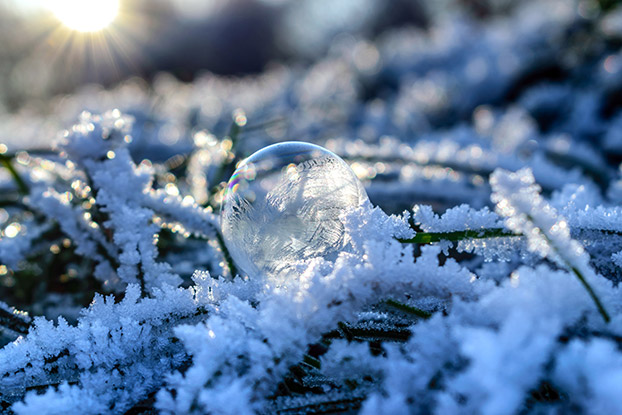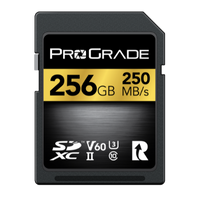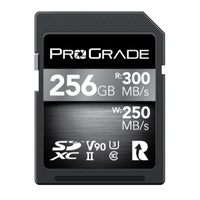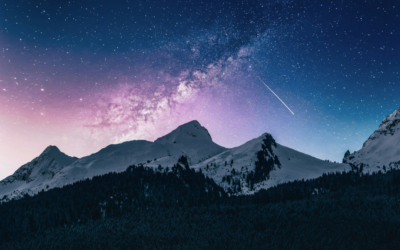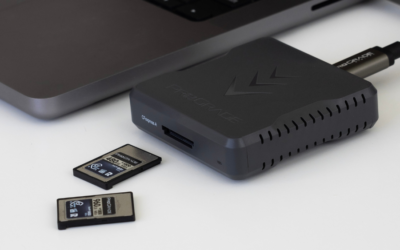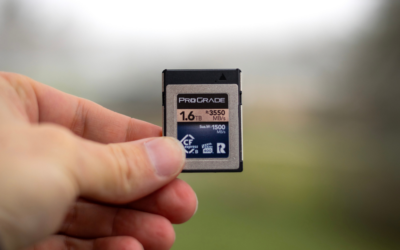Nature puts on a stunning show during winter. The glimmering blanket of snow wipes all the bright colors and creates a flawless minimalist backdrop that can make anything pop. Frost and ice introduce stillness and create serene moments of peace, almost as if cold temperatures have the ability to freeze time.
But capturing this magic presents several challenges. Winter weather is harsh and changes constantly; knowing how to shoot in cold weather is crucial for winter photography. The following 6 tips will help keep you safe and your gear protected.
1. Limit your cold exposure.
First and foremost: It’s critical to stay safe when shooting in cold conditions. Use heat packs and, if possible, limit your cold exposure altogether by frequently getting back inside. Even getting back in your car will help you warm up in between shots when in remote regions with no cabins or log-houses available for hire.
2. Be prepared for all conditions.
Winter weather tends to change often, especially in certain parts of the world. The warm setting sun illuminating fresh snowfall may turn into a freezing blizzard in a matter of minutes. Wear layers of clothes designed for cold weather. Ideally wind and waterproof.
3. Good gloves are absolutely essential.
It goes without saying that it’s challenging to keep your hands warm when shooting in cold conditions. Plushy ski gloves will keep your hands warm but make handling the camera difficult. You also don’t want to pull your gloves on and off constantly. Invest in good-quality winter photography gloves. Preferably with detachable finger covers. You will not regret it.
4. Keep your batteries warm.
Batteries drain quicker in below-freezing temperatures. Make sure you take a set of fully charged batteries and keep them in a warm pocket, close to your body, or next to a heat pack in your bag. Whatever you do, just make sure you don’t overheat them!
5. Keep moisture away from your camera, lenses, and memory cards.
Don’t instantly bring your camera, lenses, and memory cards inside a warm cabin, house, or car when there’s cold outside. Moisture may condensate on your gear, or even worse, in your gear. Put your cameras, lenses, and cards into sealable plastic containers or ziplock bags before you take them inside. And even then, leave your camera and gear in the mudroom or any other colder area where it can slowly warm up. For the same reason, always change your lenses outdoors when shooting in cold weather.
Please note: Flash memory (like in SD cards) is extremely robust. The moisture isn’t likely to damage high-quality memory cards. That goes for both casing and electronics inside. However, don’t use the card if the contact strips are wet. It may lead to card failure, damage the device, or make the contact strips corrode, shortening the card’s lifespan. Instead, wipe the card with a dry cloth, wrap it inside a tissue paper and leave it to dry naturally.
6. Consider weatherproofing your gear.
Invest in good-quality rain covers to prevent the body of your camera and lenses from getting wet. Also, carry microfiber lens cleaners, or even better, get yourself one of those lens air blower brushes. These were initially created for getting rid of fine dust, but they work equally well with snowflakes.
Remember, harsh weather often leads to outstanding photos. Cold and snow can make the mundane seem incredible. So, don’t let chilly conditions and shorter days discourage you. Instead, follow those 6 tips and make winter photography enjoyable.
Need a memory card that can handle extreme conditions?
We’ve got you covered. ProGrade Digital manufactures memory cards capable of withstanding freezing temperatures down to -40℉ (-40℃). Perfect for capturing the magic of winter in demanding conditions.
Shop memory cards>
Learn more>
